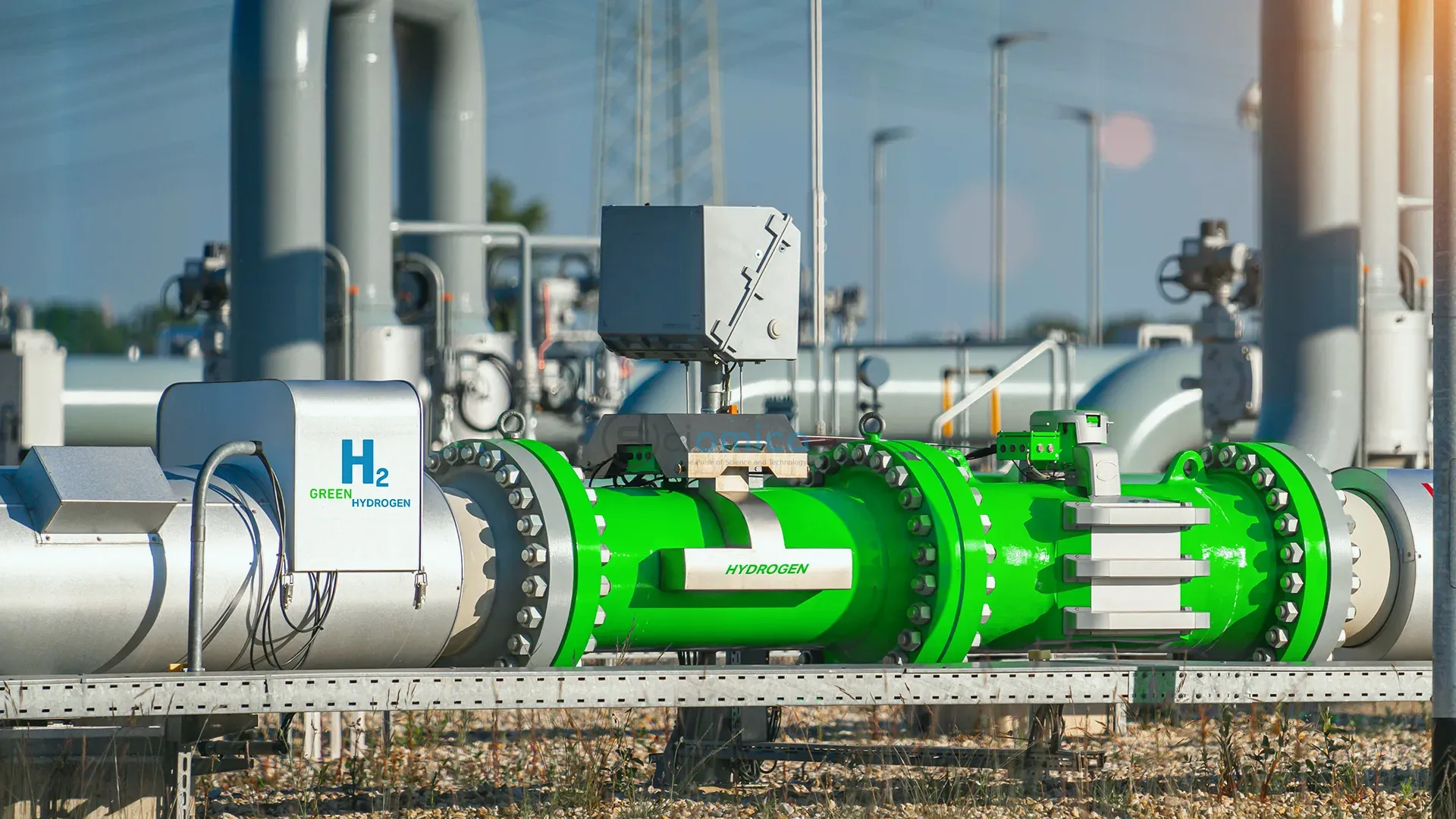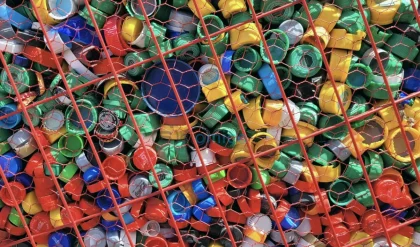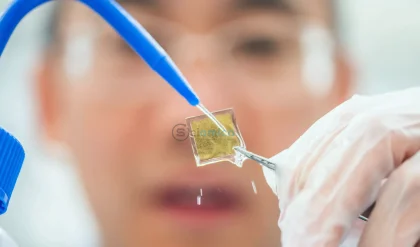In a concerted effort to mitigate greenhouse gas emissions and combat climate change, the global community is increasingly turning to clean and renewable energy sources, with hydrogen emerging as a strong contender. Hydrogen presents a significant advantage: it contains no carbon and can store greater energy per weight than traditional fossil fuels like gasoline. A promising technique for hydrogen production is electrochemical water-splitting, which utilizes electricity to decompose water into its constituents, hydrogen and oxygen. When paired with renewable energy sources, this technique presents a sustainable avenue for hydrogen production that could significantly cut down greenhouse gas emissions.
However, the large-scale adoption of hydrogen production via electrochemical methods has been hindered by the necessity for catalysts derived from costly rare earth metals. In light of this, researchers are investigating more economically viable alternatives, particularly electrocatalysts comprised of various transition metals and compounds. Transition metal phosphides (TMPs) have garnered considerable interest due to their potential to serve as efficient catalysts for the hydrogen evolution reaction (HER). Regrettably, their efficiency diminishes during the oxygen evolution reaction (OER), which hampers overall system performance. Previous research has indicated that doping TMPs with Boron (B) can improve both HER and OER efficiency, but the synthesis of these materials has posed substantial challenges until now.
Recently, a team of researchers led by Professor Seunghyun Lee from Hanyang University’s ERICA campus in South Korea made a significant advancement in this area. They have successfully designed a novel, tunable electrocatalyst employing B-doped cobalt phosphide (CoP) nanosheets. “We have effectively synthesized cobalt phosphides-based nanomaterials by manipulating the boron doping and phosphorus content via metal-organic frameworks,” Prof. Lee stated. The results of their research, published on March 19, 2025, in the journal Small, assert that these materials are not only cost-effective but also exhibit superior performance compared to traditional electrocatalysts, making them more suitable for widespread hydrogen production.
The researchers employed an innovative approach in utilizing cobalt (Co) based metal-organic frameworks (MOFs) as precursors for creating these nascent materials. “MOFs are ideal for designing and synthesizing nanomaterials with the desired composition and structures,” explained Mr. Dun Chan Cha, a key member of the research team. The method commenced with growing Co-MOFs on nickel foam, followed by a post-synthesis modification with sodium borohydride, introducing B into the structure. After that, a phosphorization process used varying amounts of sodium hypophosphite to produce three distinct samples of B-doped cobalt phosphide nanosheets.
Experimental assessments revealed that all samples showcased large surface areas and mesoporous morphologies, both of which are pivotal traits that bolster electrocatalytic activity. Notably, the sample synthesized with 0.5 grams of sodium hypophosphite (B-CoP0.5@NC/NF) exhibited remarkable performance, achieving OER and HER overpotentials of 248 and 95 mV, respectively, values substantially lower than those recorded for existing electrocatalysts.
Further tests demonstrated that an alkaline electrolyzer utilizing B-CoP0.5@NC/NF electrodes operated with an impressive cell potential of 1.59 V at a current density of 10 mA cm-2. This outperformed numerous contemporary electrolyzers, and even surpassed the high benchmarks set by state-of-the-art RuO2/NF(+) and 20% Pt-C/NF(−) electrolyzers at higher current densities.
Supporting these findings, density functional theory (DFT) calculations elucidated the significance of B-doping and optimal phosphorus content in fostering effective interactions with reaction intermediates, thus contributing to outstanding electrocatalytic performance.
“Our research provides a framework for crafting future generations of highly efficient catalysts that could significantly lower hydrogen production costs,” Prof. Lee remarked. “This marks a vital move toward realizing large-scale green hydrogen production, which is essential in reducing global carbon emissions and addressing climate change head-on.”
Reference:
- Dun Chan Cha, Jun Ho Seok, Seong Chan Cho, Manjinder Singh, Thangjam Ibomcha Singh, Sang Uck Lee, Seunghyun Lee. Tunable B‐Doped Cobalt Phosphide Nanosheets Engineered via Phosphorus Activation of Co‐MOFs for High Efficiency Alkaline Water‐Splitting. Small, 2025; DOI: 10.1002/smll.202500334







